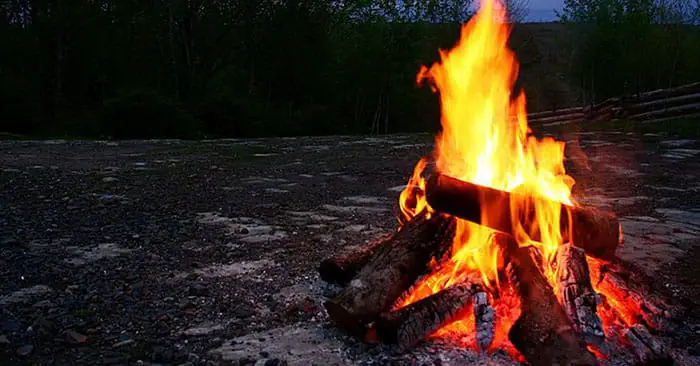
The clinical care of radiation contaminated patients (e.g.

healthcare workforce alone, and their capacity and willingness to respond to a radiation/nuclear event will be critical to the success of the health response. Nurses constitute the largest sector of the global healthcare workforce (2,955,200 active registered nurses in the U.S. medical response have been described previously, and recognizing that “a nuclear event anywhere is a nuclear event everywhere”, in 2015, Burkle and Dallas proposed a framework for developing a nuclear global health workforce. The intentional release of radiation will unquestionably create a substantial and potentially devastating burden upon a region’s health care system, and as such, on a region’s healthcare workforce. Given the heightened geopolitical tensions between countries in possession of nuclear weapons, the need for a health care workforce with the specific knowledge, skills and abilities to respond to a nuclear PHEIC is of critical importance. The probability of global catastrophe is very high, and the actions needed to reduce the risks of disaster must be taken very soon”. The National Security Strategy states that the American people face no greater or more urgent danger than a terrorist attack using a nuclear weapon and in 2017 the Science and Security Board warned: “World leaders are failing to act with the speed and on the scale required to protect citizens from the extreme danger posed by climate change and nuclear war. radiation burns, fluid management, infection control), thermal burn patients, and other health system response activities such as community screening for radiation exposure, triage, decontamination, administration of medical countermeasures and the provision of supportive emotional and mental health care will be overwhelmingly nurse intensive.ĭespite low level awareness on the part of the public, concerns for the use of nuclear warfare against the United States dating back to the Cold War are now steadily increasing. Lives can and will be saved if nurses are present.

Surviving the aftermath components professional#
Main body of the abstractĪs the largest component of the global healthcare workforce, nurses will play a critical role in both the leadership and health care effectiveness of a response to any public health emergency of international concern (PHEIC) resulting from the unprecedented numbers of trauma, thermal burn, and radiation affected patients that will require extensive involvement of the nursing professional community. In response to this threat, the development of a nuclear global health workforce under the technical expertise of the International Atomic Energy Agency and the World Health Organization Radiation Emergency Medical Preparedness and Assistance Network has been proposed. Instability in the global geopolitical climate and the continuing spread of nuclear weapons and increase in their lethality has made the exchange of nuclear weapons or a terrorist attack upon a nuclear power plant a serious issue that demands appropriate planning for response.


 0 kommentar(er)
0 kommentar(er)
